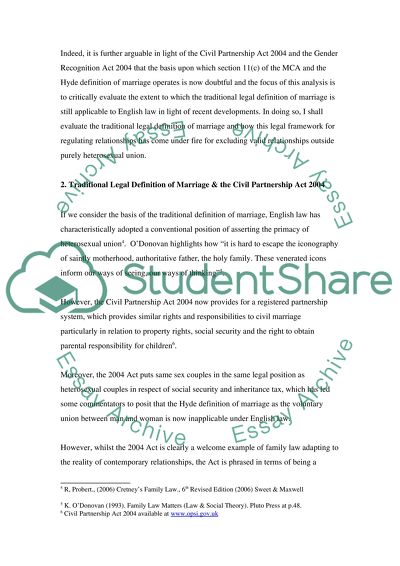Cite this document
(The Traditional Definition of Marriage Case Study - 1, n.d.)
The Traditional Definition of Marriage Case Study - 1. https://studentshare.org/law/1554688-family-law
The Traditional Definition of Marriage Case Study - 1. https://studentshare.org/law/1554688-family-law
(The Traditional Definition of Marriage Case Study - 1)
The Traditional Definition of Marriage Case Study - 1. https://studentshare.org/law/1554688-family-law.
The Traditional Definition of Marriage Case Study - 1. https://studentshare.org/law/1554688-family-law.
“The Traditional Definition of Marriage Case Study - 1”. https://studentshare.org/law/1554688-family-law.


